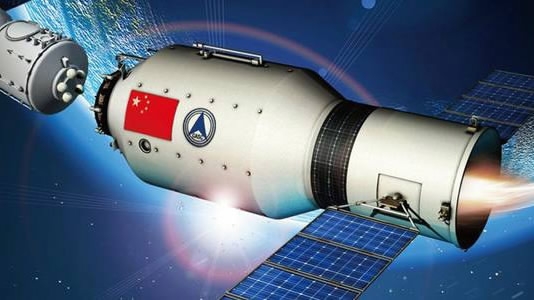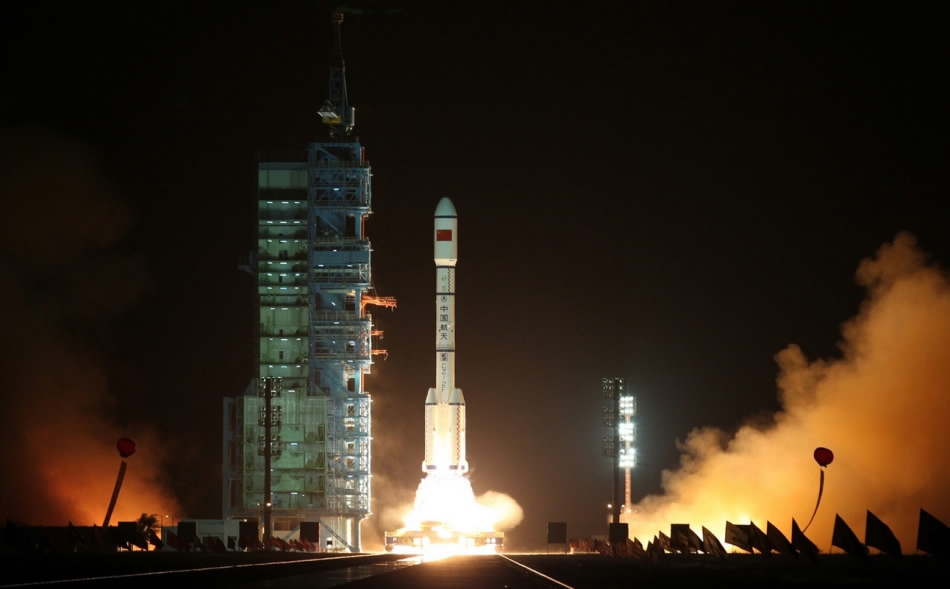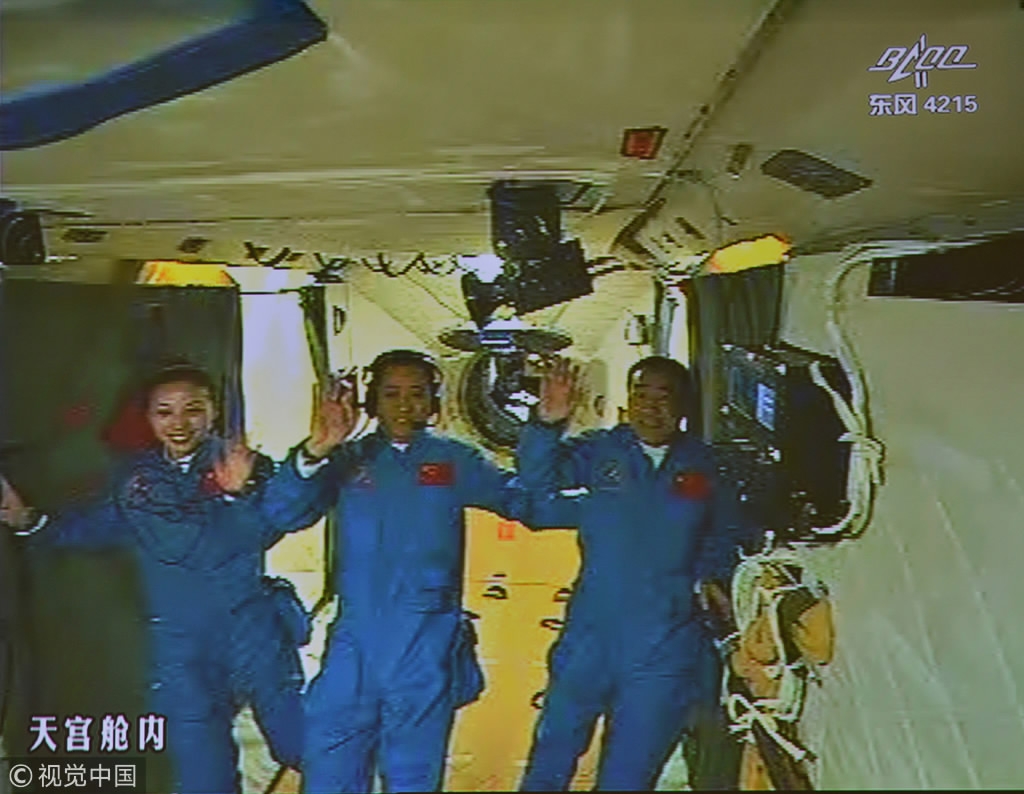
China
14:48, 08-Jan-2018
Expert: Tiangong-1 will land in the designated sea area
CGTN

China’s Tiangong-1 space lab will land in the designated sea area and will not cause any harm, Chinese space experts said on Monday in rebuttal to western media’s claim that the space lab would crash land and potentially cause damage.
Previously, western media, including CNN and the New York Times, had reported Tiangong-1 was losing control and is expected to crash-land on earth in late March. The New York Times said the landing location is hard to predict and it “could fall anywhere on about two-thirds of the Earth’s surface.”
Zhu Zongpeng, space lab system chief designer of China Academy of Space Technology, said China monitored Tiangong-1 closely and the space lab is expected to land in the first half in 2018. He said most part of the space lab will be burnt reentering the atmosphere, while the remains will fall into the sea without causing any damage.

The launch of Tiangong 1 on September 29, 2011 / Xinhua photo
The launch of Tiangong 1 on September 29, 2011 / Xinhua photo
Launched on Sept. 29, 2011, Tiangong-1 was China’s first space lab. It had docked with the Shenzhou-8, Shenzhou-9 and Shenzhou-10 spacecraft. After ending its data service on March 16, 2016, it has been under control and orbiting the Earth at a steady pace, according to the reports from China manned space engineering office.
Pang Zhihao, a researcher at China Academy of Space Technology, told Science and Technology Daily that Tiangong-1 will be directed to land in an area in the remote South Pacific Ocean called the “space graveyard”, which is an internationally accepted practice.

Astronauts Nie Haisheng (M), Zhang Xiaoguang (R), Wang Yaping (L) inside Tiangong 1 on June 13, 2013 / VCG photo
Astronauts Nie Haisheng (M), Zhang Xiaoguang (R), Wang Yaping (L) inside Tiangong 1 on June 13, 2013 / VCG photo
China has had sufficient experience directing spacecraft reentering the atmosphere, said Pang. In September 2017, China successfully directed the Tianzhou-1 cargo spacecraft to land in the “space graveyard.”
Pang added that compared with other space stations, Tiangong-1 is relatively small, weighing only 8.5 tons. He said not much debris would survive the reentry should it burn up well enough.
According to the Aerospace Corporation, about 5,400 tons of debris have survived reentry into atmosphere worldwide over the past 50 years and no casualties have been reported.

SITEMAP
Copyright © 2018 CGTN. Beijing ICP prepared NO.16065310-3
Copyright © 2018 CGTN. Beijing ICP prepared NO.16065310-3